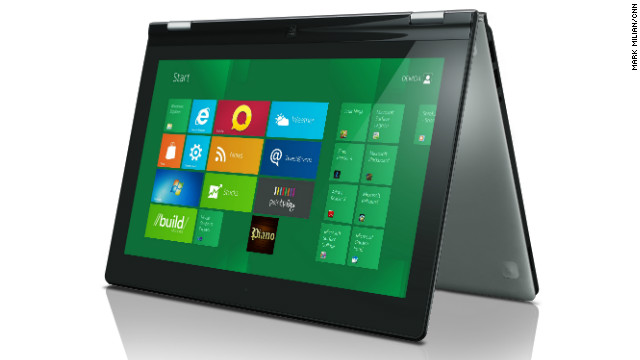It's because of the copper the statue is made out of. Copper is initially brown, yet when it begins to oxidize, it changes color. The traditional green color we see today is extremely different from what we would have seen when it was initially built. Since it was built right on the water however, it would have oxidized relatively quickly, and because it was built in 1886, we don't have any color photographs to show what it would have looked like.
The reason the metal changes color is because of the moisture and elements it is subjected to. After arriving from France brown, the head of the statue of liberty would have begun to change as rain, salt, and moisture bombarded its copper exterior. As the copper interacts with these elements it slightly changes, forming a different form of basic copper consisting of a different color. (Source)

